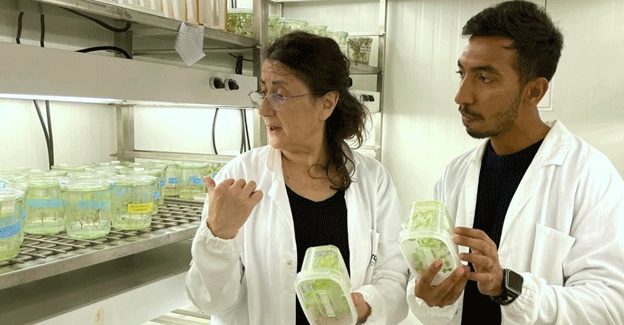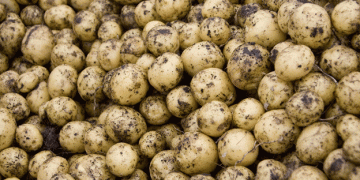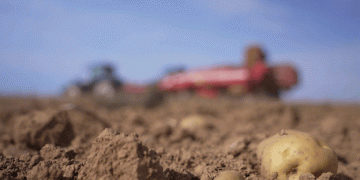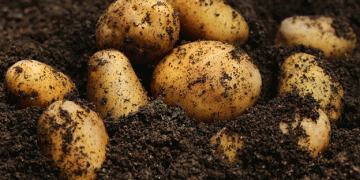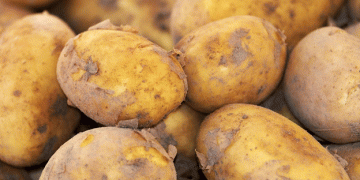In the quest to enhance crop resilience and reduce dependency on chemical fertilizers, a groundbreaking study has shed light on the multifaceted role of the StCDF1 gene in potatoes (Solanum tuberosum). Led by researcher Salomé Prat at the Centre for Research in Agricultural Genomics (CRAG), in collaboration with Christian Bachem’s team at Wageningen University, the study reveals that StCDF1 is integral not only to the tuberization process but also to nitrogen assimilation pathways. These insights, published in New Phytologist, pave the way for breeding potato varieties with improved nitrogen use efficiency.
StCDF1: Beyond Tuberization
Traditionally, the StCDF1 gene has been recognized as a central regulator of tuberization, the process by which potatoes form tubers in response to environmental cues such as day length and temperature. This adaptive mechanism enables potato plants to survive adverse conditions by forming storage organs—tubers—that can regenerate new plants. The recent study expands this understanding by demonstrating that StCDF1 also directly influences genes involved in nitrogen uptake and assimilation. Specifically, StCDF1 binds to the promoter region of the Nitrate Reductase gene (StNR), which catalyzes the critical step of converting nitrate to nitrite within the cell. Notably, potatoes possess a single copy of the StNR gene, unlike many plants that have multiple copies, highlighting the importance of this regulatory pathway in potato nitrogen metabolism.
Implications for Nitrogen Use Efficiency
The dual role of StCDF1 presents a unique opportunity to enhance nitrogen use efficiency (NUE) in potato cultivation. By modulating the expression of StCDF1, it is possible to influence both tuber development and nitrogen assimilation. Experimental knock-down lines with reduced StCDF1 expression exhibited improved performance under nitrogen-limiting conditions, attributed to the derepression of StNR and subsequent enhancement of nitrate reduction. This genetic configuration allows potatoes to utilize nitrate more efficiently, potentially reducing the need for external nitrogen inputs.
Pathways to Sustainable Agriculture
The findings from this research have significant implications for sustainable agriculture. Developing potato cultivars with optimized StCDF1 expression could lead to varieties that maintain high yields with lower nitrogen fertilizer requirements. This advancement aligns with global efforts to reduce the environmental impact of agriculture by minimizing fertilizer runoff and greenhouse gas emissions associated with nitrogen fertilizers. Moreover, the study highlights the potential of targeted genetic approaches to address complex traits in crops, offering a blueprint for similar strategies in other staple foods.
The elucidation of StCDF1’s dual function in regulating tuberization and nitrogen assimilation marks a significant milestone in potato research. By harnessing this knowledge, scientists and breeders can work towards developing potato varieties that are both high-yielding and environmentally friendly. Such innovations are crucial for meeting the food security challenges posed by a growing global population and changing climate conditions.
